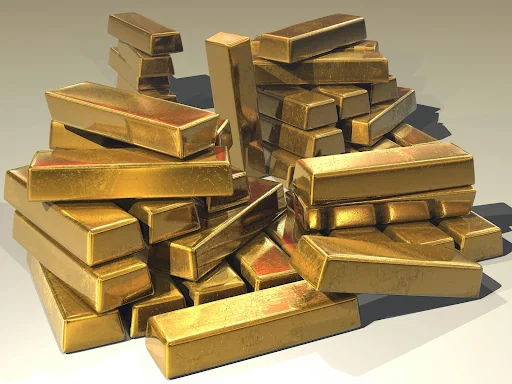Is Gold Real?
The World Gold Council estimates that miners have historically extracted a total of 201,296 tons of gold, leaving another 53,000 tons left in identified underground reserves.
Here is a breakdown:
Jewlery ~96,487t, 45%
Bars and coins (including gold backed ETFs) ~47,454t, 22%
Central banks ~36,699t, 17%
Other ~31,943t, 15%
Yes. Gold has superb electrical conductivity. It is corrosion resistant. It has malleability and ductility. It is thermally conductive. It is reflective. It is non-toxic. In the realm of consumer electronics, gold is indispensable. Its superior electrical conductivity, resistance to corrosion, and excellent ductility make it an ideal material for various components.
- from https://londongoldxchange.com/gold-technology/
Crucial roles of gold:
consumer electronics
aerospace technology
medical equipment
emerging consumer technology
automotive technology
renewable energy
nanotechnology
solar and wind power
advanced computing
sustainability
Gold as Money Gold does not dissipate into the atmosphere, it does not burst into flames, and it does not poison or irradiate the holder. It is rare enough to make it difficult to overproduce and malleable to mint into coins, bars, and bricks. Civilizations have consistently used gold as a material of value.
As societies developed, gold was universally accepted as a satisfactory form of payment. In short, history has given gold a power surpassing that of any other commodity on the planet, and that power has never really disappeared.
-from https://www.investopedia.com/articles/economics/09/why-gold-matters.asp
Central banks added a whopping 1,136 ton
s of gold worth some $70 billion to their stockpiles in 2022, by far the most of any year in records going back to 1950, the World Gold Council (WGC) February 8, 2023. Central banks think it is very real.
Based on this information, I would say gold is more real than anything man values. That isn't to say it is proper, just that it is.








No comments:
Post a Comment